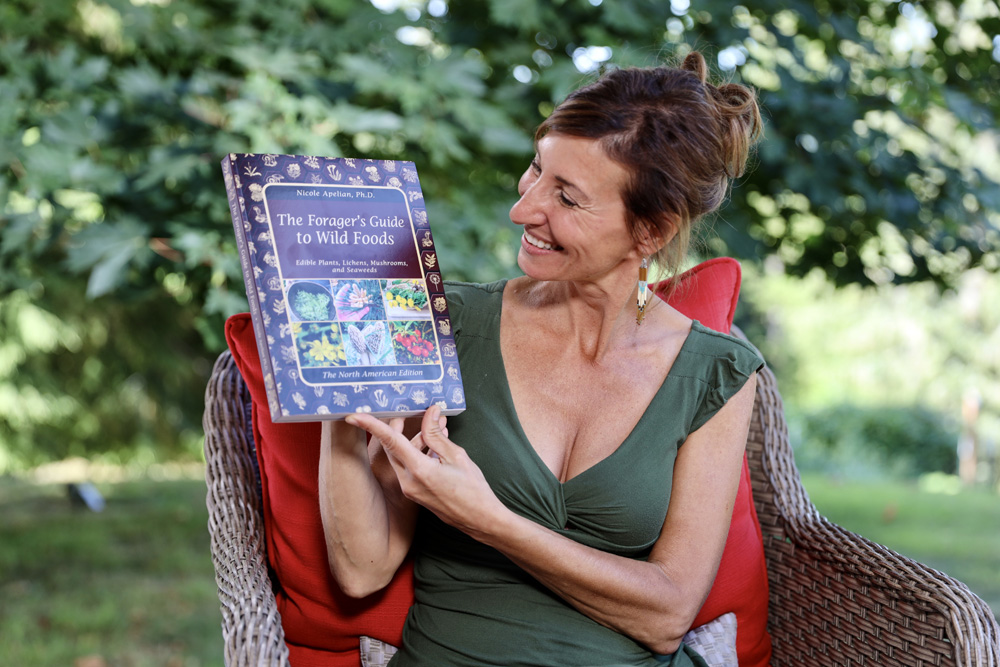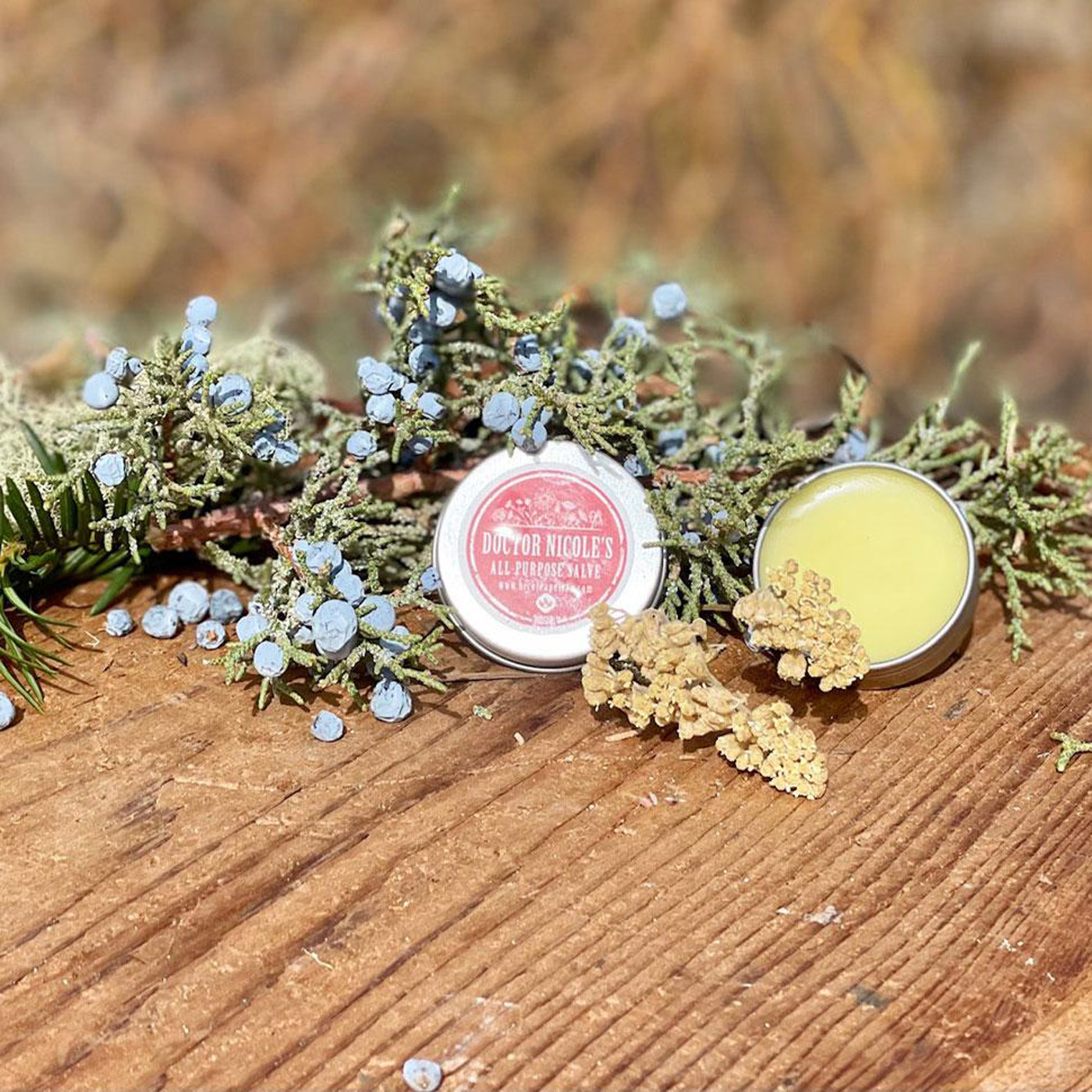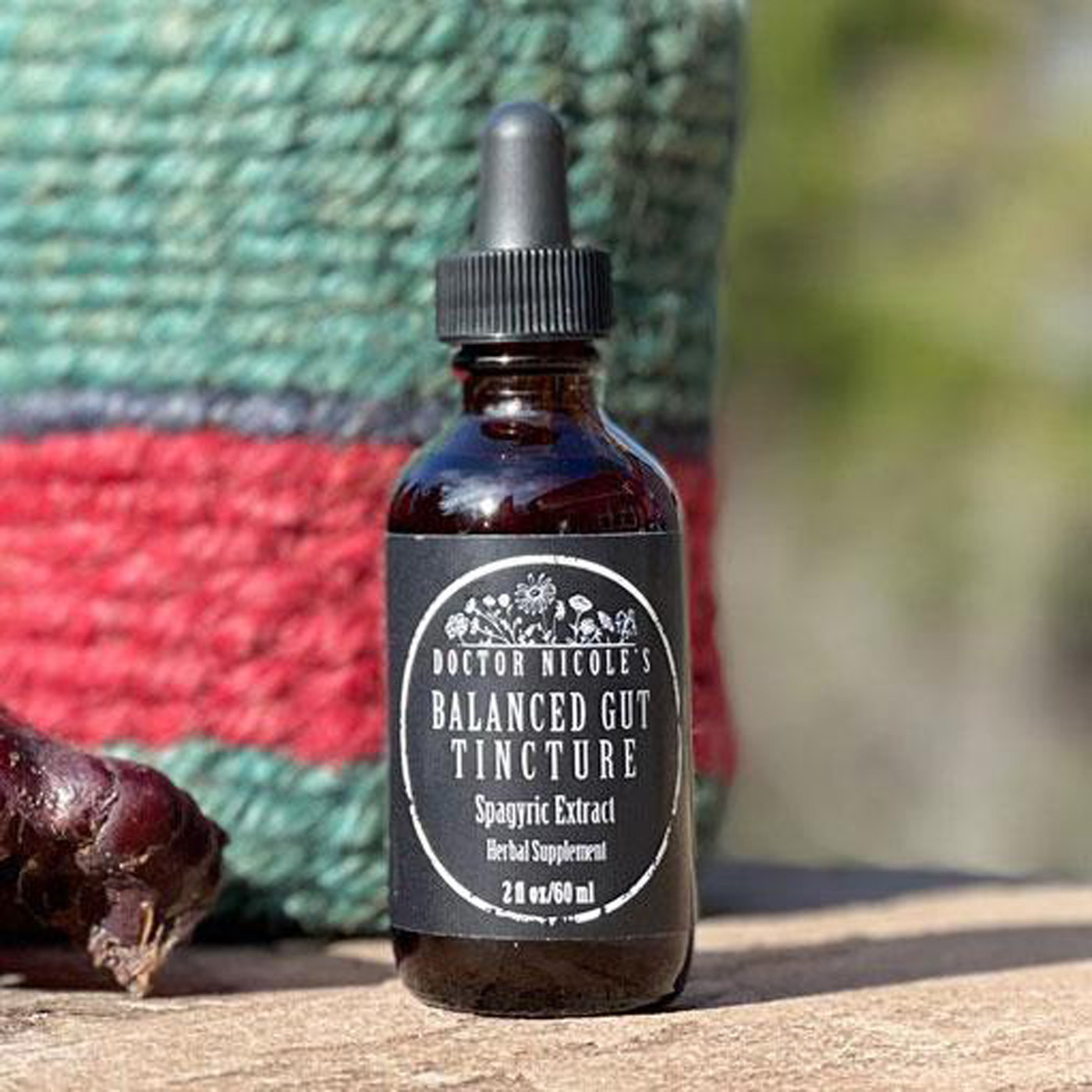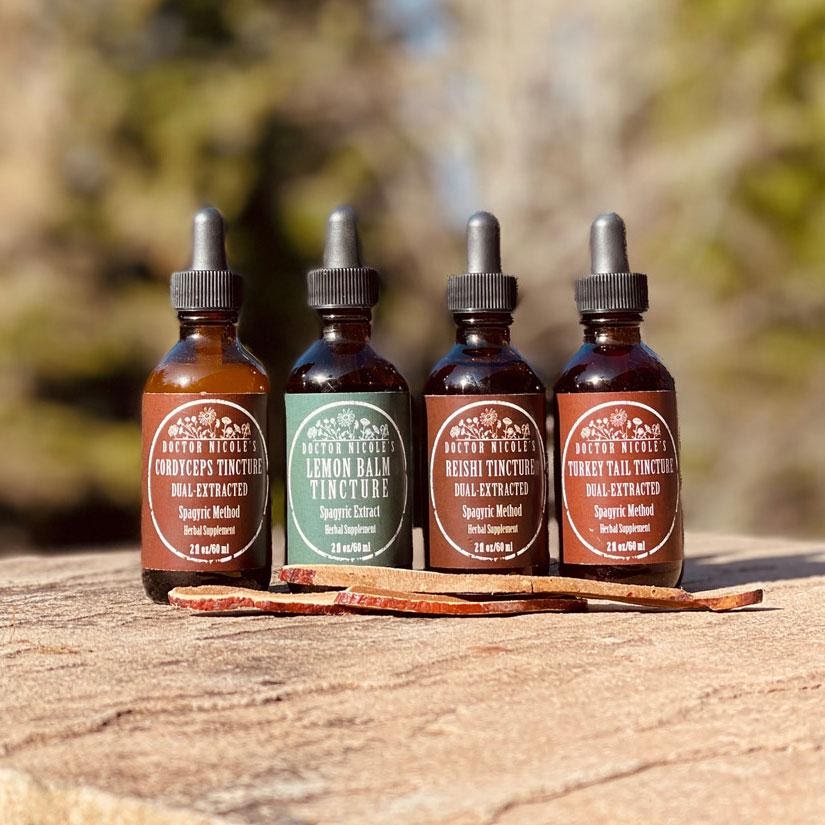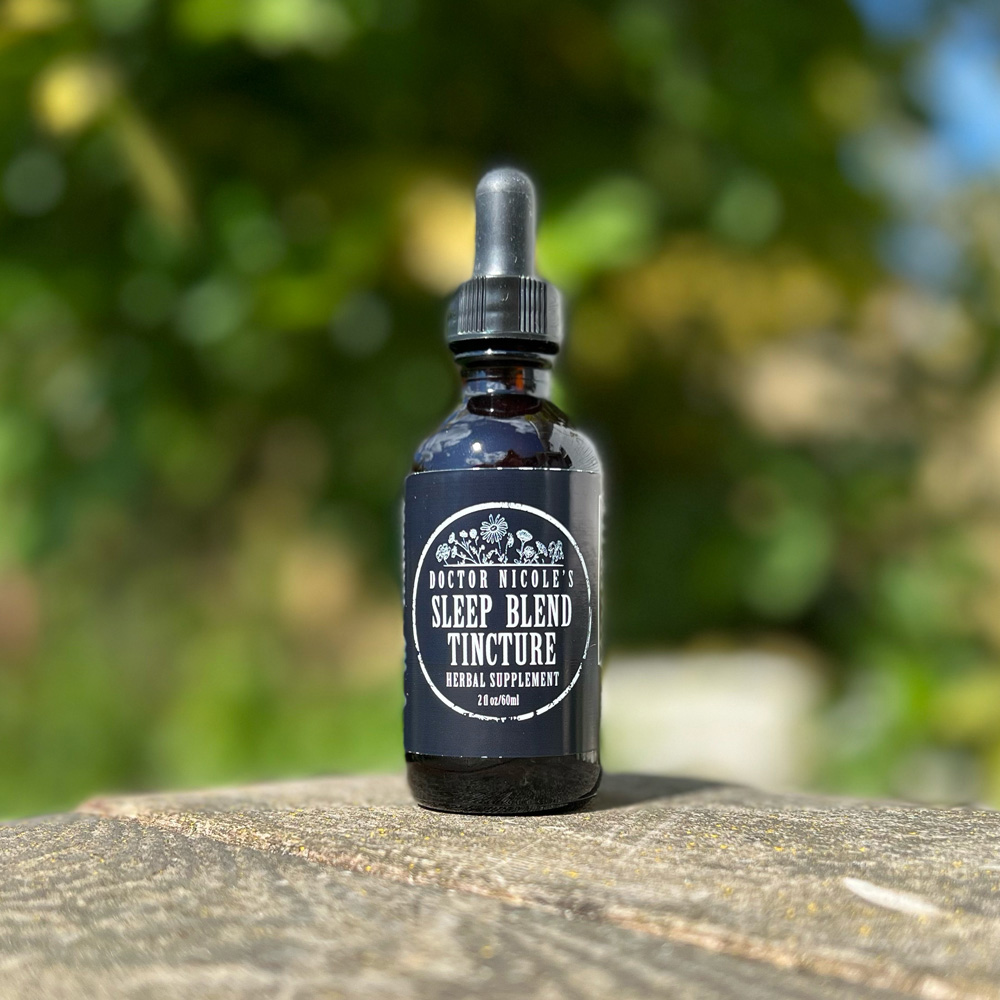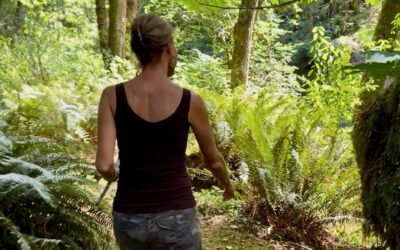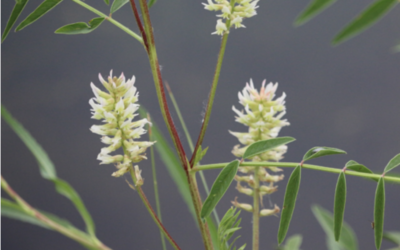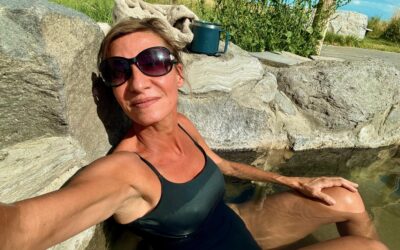The Wild and Wonderful World of Bladderwrack Seaweed for Health and Beauty
A very common type of seaweed that can be found around the world, bladderwrack is a powerhouse of nutrition and outstanding for beauty applications. What’s more, it can be used to cool inflammation, promote weight loss, and encourage cardiovascular health. If you are seeking a simple way to boost your iodine intake, or would like to harness the power of nature to address wrinkles, cellulite, and aging skin, this sea vegetable should be on the top of your list!
Basic Identification: Bladderwrack is commonly known as rockweed, sea grapes, sea oak, and cut weed. The flat, forked fronds and air-filled sacks (or bladders) are the tell-tale signs that you have found bladderwrack. The bladders typically grow in pairs at the joints of the forks. The fronds are dark olive green to gold-brown in color and are very smooth and shiny. They can grow up to 35 inches (90cm) long and are approximately 1 inch (2.5cm) wide.
Where Does it Grow? Bladderwrack can be found between low and high tide zones. It often grows to a depth of 10 ft. (3m) below sea level.
How to Harvest and Eat: You will want to harvest only the fresh, young tips of the frond — about 2-3 inches/5-7.5cm worth. So that you do not harm the plant, make sure to leave at least 2 inches (5cm) above the stipe (stem-like structure) that is attached to the rock via the holdfast. To use as a soup thickener, dry the bladderwrack and grind it into a powder, as seen in the recipe below.
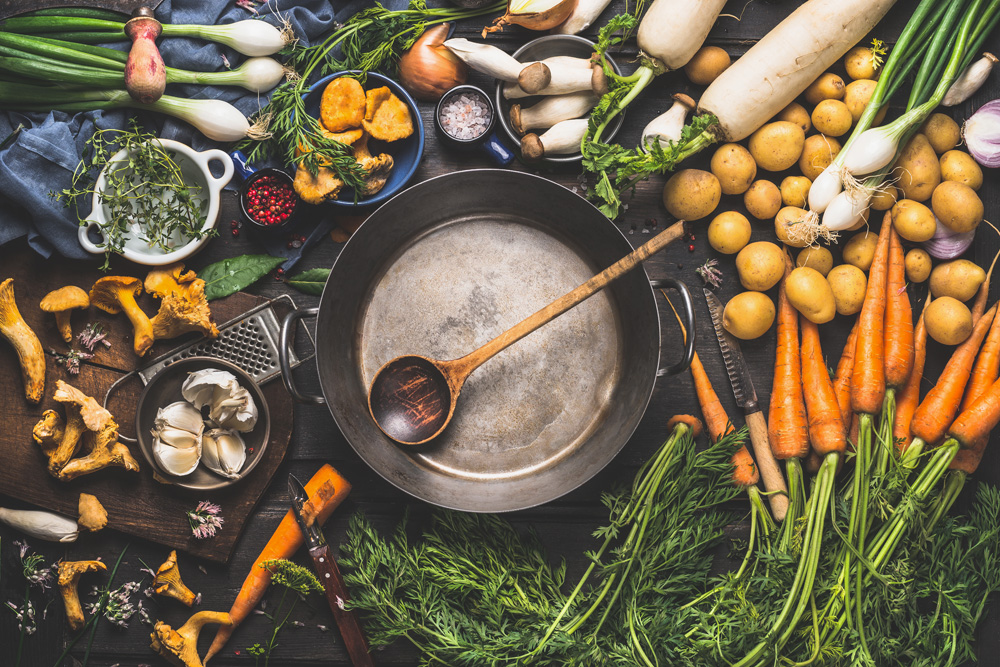
Recipe. Bladderwrack soup powder. Since this particular seaweed is relatively bland in flavor, you will want to enhance it with spices. Ingredients: 1 cup dried bladderwrack, 1 tbsp. mushroom powder, 1 tsp. each of ground ginger, chili flakes, and powdered garlic. Grind up dried bladderwrack into a powder, add the remaining ingredients, and stir. Add 1-2 tablespoons to any soup or stew that needs thickening.
Medicinal Uses. Bladderwrack is rich in calcium, magnesium, potassium, zinc, and vitamins A and C. A strong anti-inflammatory and antioxidant, bladderwrack is also an outstanding source of iodine and can be useful in deficiency disorders such as goiters. However, it should be used with caution in those with thyroid issues, including Hashimoto’s disease. See this post for more information on iodine and thyroid disorders. Many also use bladderwrack for cosmetic purposes and anti-aging treatments.
Thyroid problems? My Balanced Gut and Sleep Blend Formulas can help!
Visit the apothecary to learn more.
Here are my top 3 uses for bladderwrack:
Topical treatment for cellulite, burns, and skin aging. Research has found that the antioxidants in bladderwrack, especially fucoidan, help to encourage skin collagen production, thereby reducing the appearance of cellulite, skin aging, and skin damage — including burns. A randomized controlled trial in the Journal of Cosmetic Dermatology established that bladderwrack is indeed helpful for collagen synthesis — in some cases, up to an astounding 228% increase.2 One of my favorite ways to use bladderwrack is to add it to a hot bath. Simply place ¼ cup of dried seaweed in a cloth, drawstring tea bag and “brew it” in the bathwater. Alternatively, you can brew six cups of strong bladderwrack tea and then pour it into your bath.
If you need a convenient, ready-made healing balm for burns and skin damage, my All-Purpose (First-Aid) Salve is for you. It is called a miracle worker by many for good reason!
Anti-inflammatory and immune-modulating properties. Fucoidans also have been found to have immune-modulatory effects by reducing pro-inflammatory cytokines when taken internally as an extract or tea.1 Because of these properties, the seaweed has been used as an alternative treatment for arthritis for years. Moreover, several animal studies have found that brown algae such as bladderwrack may be useful for reducing high blood sugar levels, cardiovascular disease, and tumor growth due to its anti-inflammatory properties.3,4
If you need extra help in managing blood sugar levels and supporting heart health, make sure to have a look at my Heart & Blood Sugar Support Bundle in the apothecary.
Anti-obesity effects. A study published in 2018 examined if the compound L-fucose found in bladderwrack could help with high-fat diet-induced obesity in animal models. The team discovered that not only did the fucose decrease body weight gain and fat accumulation, but it also improved the health of the gut microbiota and reduced the triglyceride elevation present with fatty liver disease.5
Deepen Your Knowledge of Wild Foods
Learn more about bladderwrack and over 400 medicinal and edible wild foods in my book, The Forager’s Guide to Wild Foods: Edible Plants, Lichens, Mushrooms, and Seaweeds. This wild food guide covers a wide-range of plants across North America.
Each entry has an introduction, a range map, edible uses, common medicinal uses, poisonous look-alikes, a description of the flowers and leaves for ID, excellent color photos, harvesting instructions, and a simple recipe.
It is my hope that you have many happy days of abundant foraging!
Nicole Apelian
Nicole’s Apothecary Products in this Post
Safety
If you experience a rash, stomach pain/cramping, chest tightness, or swelling after eating bladderwrack, immediately discontinue use as it may indicate an allergic reaction as some people are sensitive to iodine. Consult with your healthcare practitioner before using bladderwrack if you have hyperthyroidism, Hashimoto’s, kidney disease, or are currently taking thyroid medication.
References
- Takahashi, H., Kawaguchi, M., Kitamura, K., Narumiya, S., Kawamura, M., Tengan, I., Nishimoto, S., Hanamure, Y., Majima, Y., Tsubura, S., Teruya, K., & Shirahata, S. (2018). An Exploratory Study on the Anti-inflammatory Effects of Fucoidan in Relation to Quality of Life in Advanced Cancer Patients. Integrative cancer therapies, 17(2), 282–291. https://doi.org/10.1177/1534735417692097
- Al-Bader, T., Byrne, A., Gillbro, J., Mitarotonda, A., Metois, A., Vial, F., Rawlings, A. V., & Laloeuf, A. (2012). Effect of cosmetic ingredients as anticellulite agents: synergistic action of actives with in vitro and in vivo efficacy. Journal of cosmetic dermatology, 11(1), 17–26. https://doi.org/10.1111/j.1473-2165.2011.00594.x
- Sanjeewa, K., Lee, J. S., Kim, W. S., & Jeon, Y. J. (2017). The potential of brown-algae polysaccharides for the development of anticancer agents: An update on anticancer effects reported for fucoidan and laminaran. Carbohydrate polymers, 177, 451–459. https://doi.org/10.1016/j.carbpol.2017.09.005
- Thomas, N. V., & Kim, S. K. (2011). Potential pharmacological applications of polyphenolic derivatives from marine brown algae. Environmental toxicology and pharmacology, 32(3), 325–335. https://doi.org/10.1016/j.etap.2011.09.004
- Wu, G., Niu, M., Tang, W., Hu, J., Wei, G., He, Z., Chen, Y., Jiang, Y., & Chen, P. (2018). L-Fucose ameliorates high-fat diet-induced obesity and hepatic steatosis in mice. Journal of translational medicine, 16(1), 344. https://doi.org/10.1186/s12967-018-1718-x


